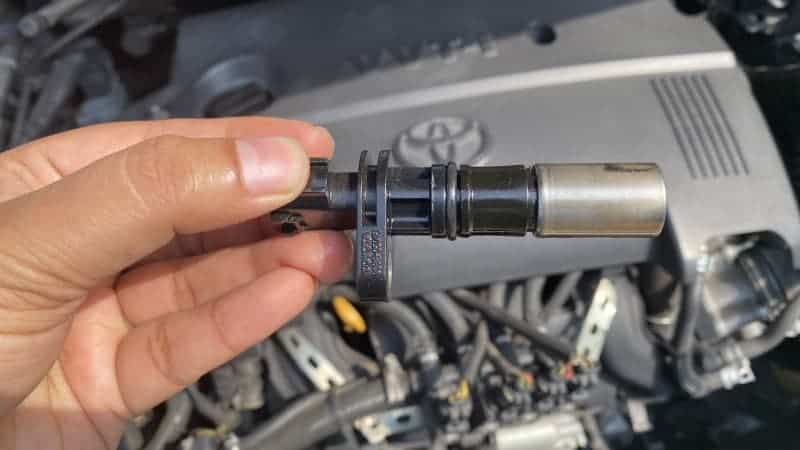Bennett Oghifo
When it comes to the proper operation of your vehicle’s engine, crankshaft sensor one key component is the crankshaft position sensor. It keeps track of the location and rotational speed of your car’s crankshaft.
It also sends the data to the motor control unit in order to make proper adjustments in relation to operating conditions. If your crank sensor isn’t working right, you’ll have a problem on your hands.
In fact, many modern engines simply won’t operate at all if the crankshaft position sensor fails to provide a correct signal.
What follows is a look at 5 signs signaling that your crank sensor might be going kaput.
1. CRANK SENSOR PROBLEMS COULD MAKE IT HARD TO START CAR
One sign that your crankshaft sensor might be failing is if you find it hard to start your vehicle. The sensor keeps track of the speed and location of the crankshaft. If it’s failing, your vehicle might be difficult to start up.
In fact, the problem might be an intermittent one, which can make it more frustrating. On the one hand, it might take a long time to get your vehicle to start. On the other hand, your vehicle might simply refuse to start at all.
2. ENGINE VIBRATION ISSUES
Another sign that your crankshaft sensor might be faulty is an engine vibrating problem. Any such issue could signal a cylinder misfiring problem stemming from a failing crankshaft position sensor.
3. FUEL ECONOMY SLIPPAGE
If your car crankshaft is not working optimally, one problem you’ll face is reduced fuel economy. The reason for this is that your vehicle’s fuel injectors won’t direct gas to the motor efficiently.
This means your motor will make use of more gas than is required when you’re out and about, which will result in lower fuel economy than normal. Of course, reduced fuel economy could be a function of other problems.
So it will be worth your while to go to an auto service center to have a professional assess the problem and to determine the right course of action.
4. UNEVEN ACCELERATION
Are you experiencing car issues such as uneven acceleration where it’s hard to maintain a constant speed? This could be a sign of a failing crankshaft.
If your crankshaft sensor is not working properly, the motor control unit in your vehicle won’t be able to execute the changes to the fuel injection or to the spark timing whenever the engine speed climbs.
5. CHECK ENGINE LIGHT ON
While a check engine light won’t necessarily mean that your crankshaft sensor is failing, that doesn’t mean that this can’t be the case.
Because a check engine light could signal any of a number of problems, you’ll want to use a code scanning tool to figure out what triggered the check engine light. You can also go to an automotive service center.
DON’T IGNORE SIGNS SIGNALING POSSIBLE ISSUES
If you’ve experienced any of the aforementioned signs of possible crank sensor problems, don’t ignore them. You’ll want to find a professional automotive facility that can assess the problem and find out what’s wrong.



